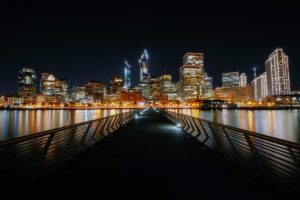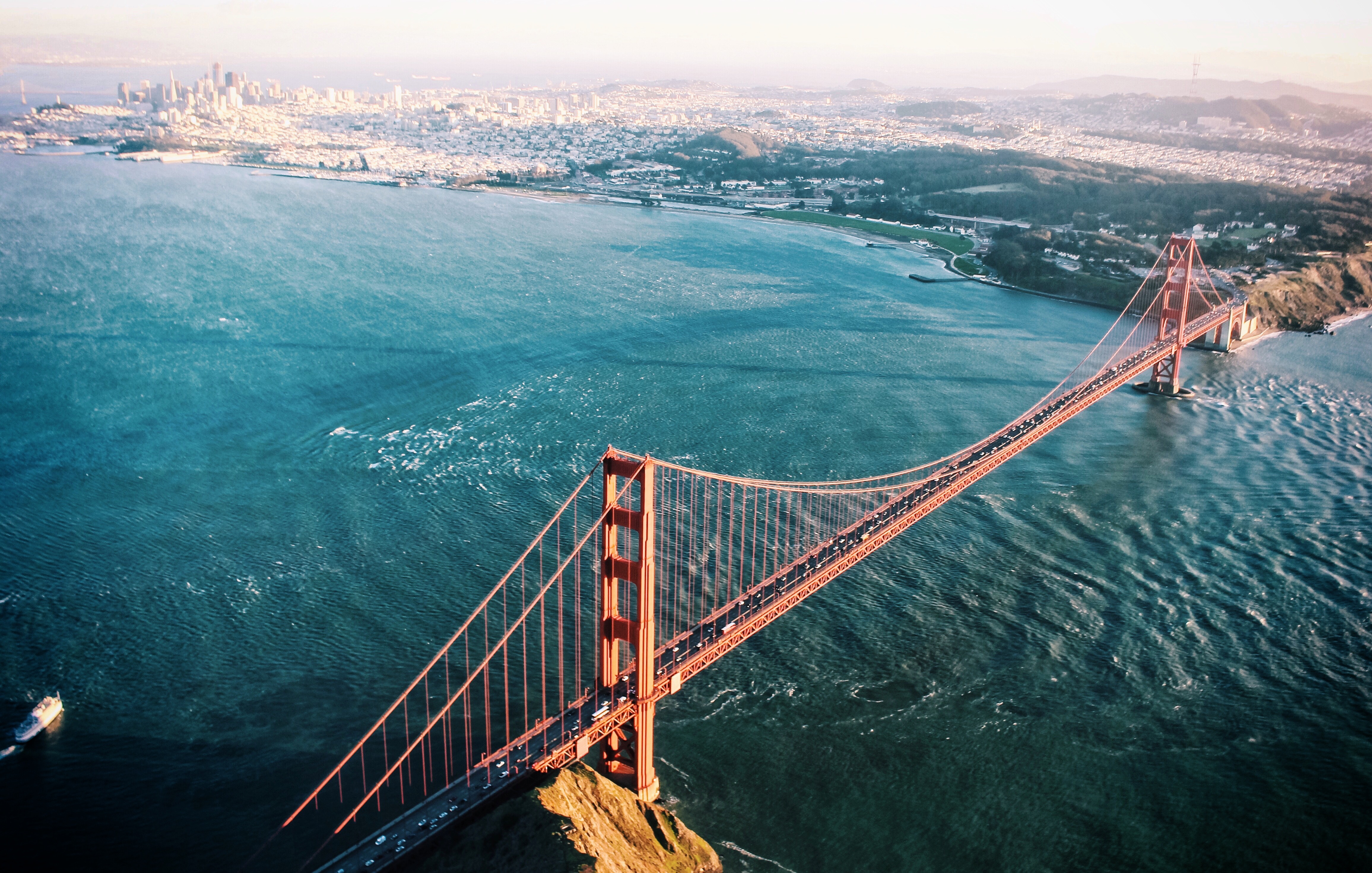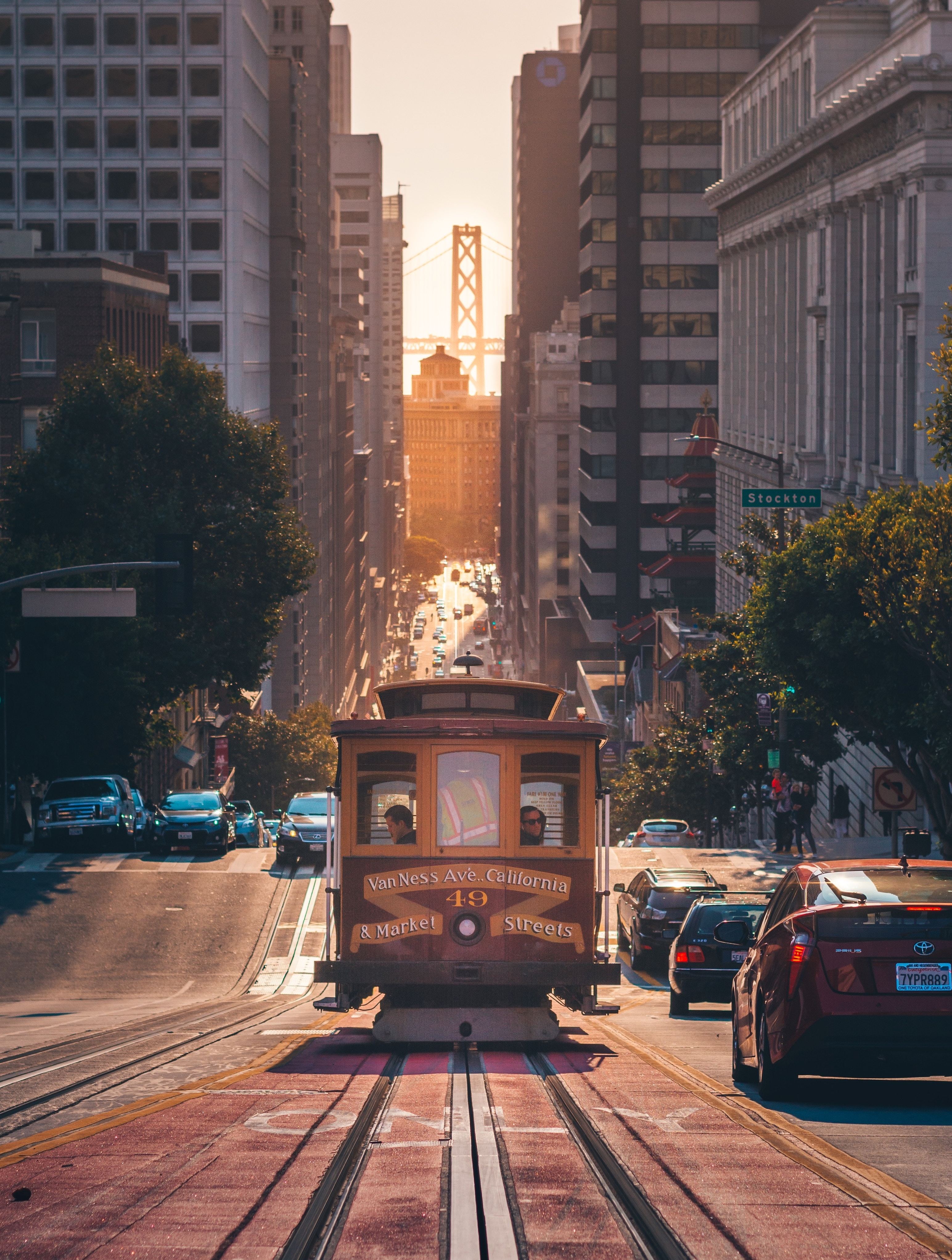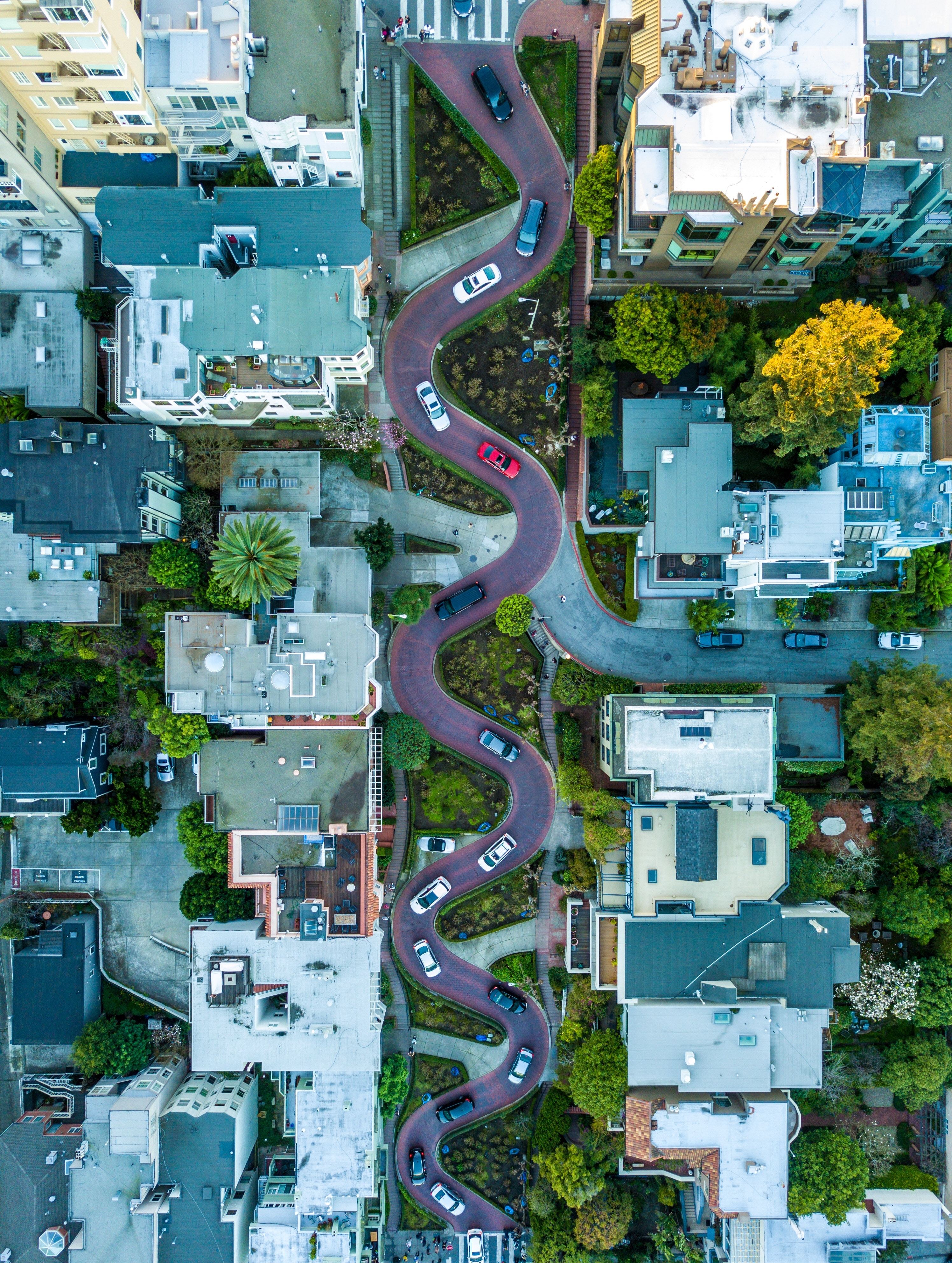This September, San Francisco served as the host for the Global Climate Action Summit, an international gathering of mayors, business leaders, investors, activists, and artists who came together to set aggressive climate goals. Most of us left the closing ceremony of the three-day gathering with a renewed sense of hope, ready for action.
In the two months since then, the Intergovernmental Panel on Climate Change issued its most dire report yet on the immediate consequences of climate change. The report could not have been clearer—we must transform the world economy at a magnitude that has “no documented historic precedent” or face lasting global impacts for which we are unprepared.
Unfortunately, those impacts are already here today. California continues to face devastating wildfires, even outside of what used to be considered “fire season.” Recent fires have been exceptional in the speed and scale of their destruction. Entire communities have been burned to the ground, resulting in hundreds of deaths and more than 14,000 structures destroyed.
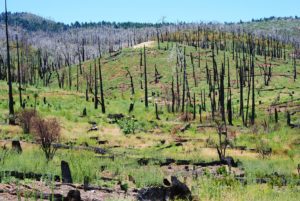
Typhoons, heat waves, drought and disease. The tangible reality of climate change is unfolding before our very eyes, as nations around the world suffer this escalating threat to our existence.
We are also directly experiencing another long-predicted impact of climate change. While climate change affects all of us, it is an even greater threat to vulnerable communities, particularly low-income people of color and women. I was raised in public housing in San Francisco and I understand the challenges faced by families in these communities. Even the most resilient will be hard-pressed to recover from losing all of their belongings in a fire, having their livelihoods destroyed by a years-long drought, or being forced from home due to rising seas.
Considering that cities account for more than 70 percent of global energy-related CO2 emissions, it is clear that we have a moral and civic imperative to be at the forefront.
And yet, even in the face of “the new abnormal,” I believe we can create a livable future for our children. We are living in a time when cities have enormous power to employ bold measures to reduce our greenhouse gas emissions. Considering that cities account for more than 70 percent of global energy-related CO2 emissions, it is clear that we have a moral and civic imperative to be at the forefront.
Fortunately, we are also living in a time when the transfer of technology and innovation can have rapid impacts, when there is political will. Time and time again, we see that action and policies that start in cities like San Francisco are replicated by nations around the world. I am endlessly inspired by my counterparts in other cities and our vow to use our collective power to fight climate change.
San Francisco has joined other cities to accelerate the global transition to zero waste, with new reductions in waste generation and a decrease in the waste that our cities send to landfill. We enacted one of the toughest Styrofoam bans in the country, and instituted convenient pharmaceutical disposals throughout the City, which has already prevented over 40 tons of unwanted drugs from being disposed in our Bay. San Francisco is an international leader in producing compost from organic materials that would otherwise be discarded, which also helps pull dramatically more CO2 out of the atmosphere.
As a public servant, I have spent my career working for social justice and providing equal opportunities for all. I am particularly proud of San Francisco’s commitment to environmental equity and a belief that our environmental policies must serve all our communities. San Francisco has invested in programs that help low-income residents and small businesses substantially reduce their energy use and save money. We have created programs for residents and businesses to select 100 percent renewable energy for their electricity. We are enacting policies that call for buildings to switch to 100 percent renewable energy for their heating, cooling, and electricity. Like other cities involved in this clean energy transition, we are creating jobs that stimulate our local economy and clean our air. Most importantly, this transition helps us deliver on our fair share of the emissions cuts that scientists tell us will be needed to keep global temperatures within safe limits.
When San Francisco hosted the Global Climate Action Summit, we told the world that we all have a role to play, and a responsibility to shape the future. This call to action is even more urgent two months later. It will take all of us—activists, politicians, teachers, and business leaders coming together, making commitments, and rolling up our sleeves to turn those commitments into reality.

San Francisco is a beautiful city. There is a reason we receive almost 17 million visitors a year. But I hope that when people talk about how beautiful our city is, they also talk about the energy, idealism, and innovation we bring to this challenge to address global climate change through local action. And I hope they join us.
The future is ours to protect, and the work must begin today.
